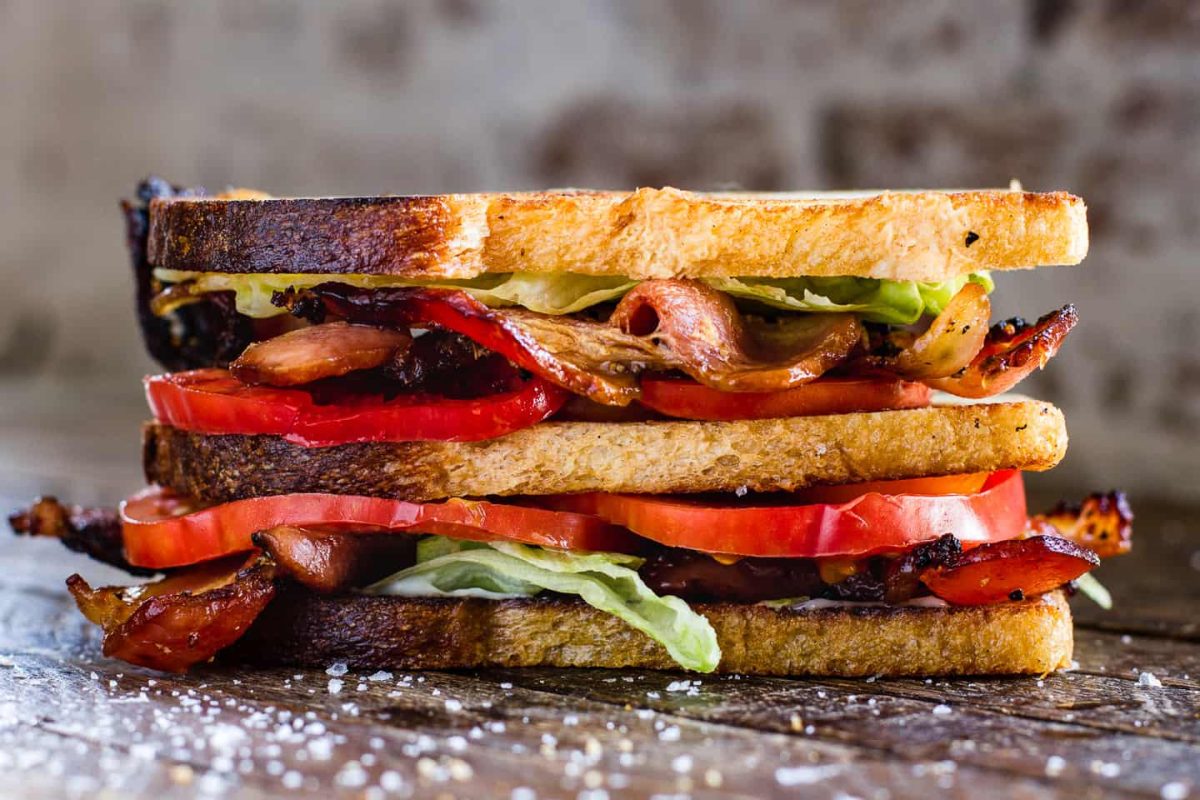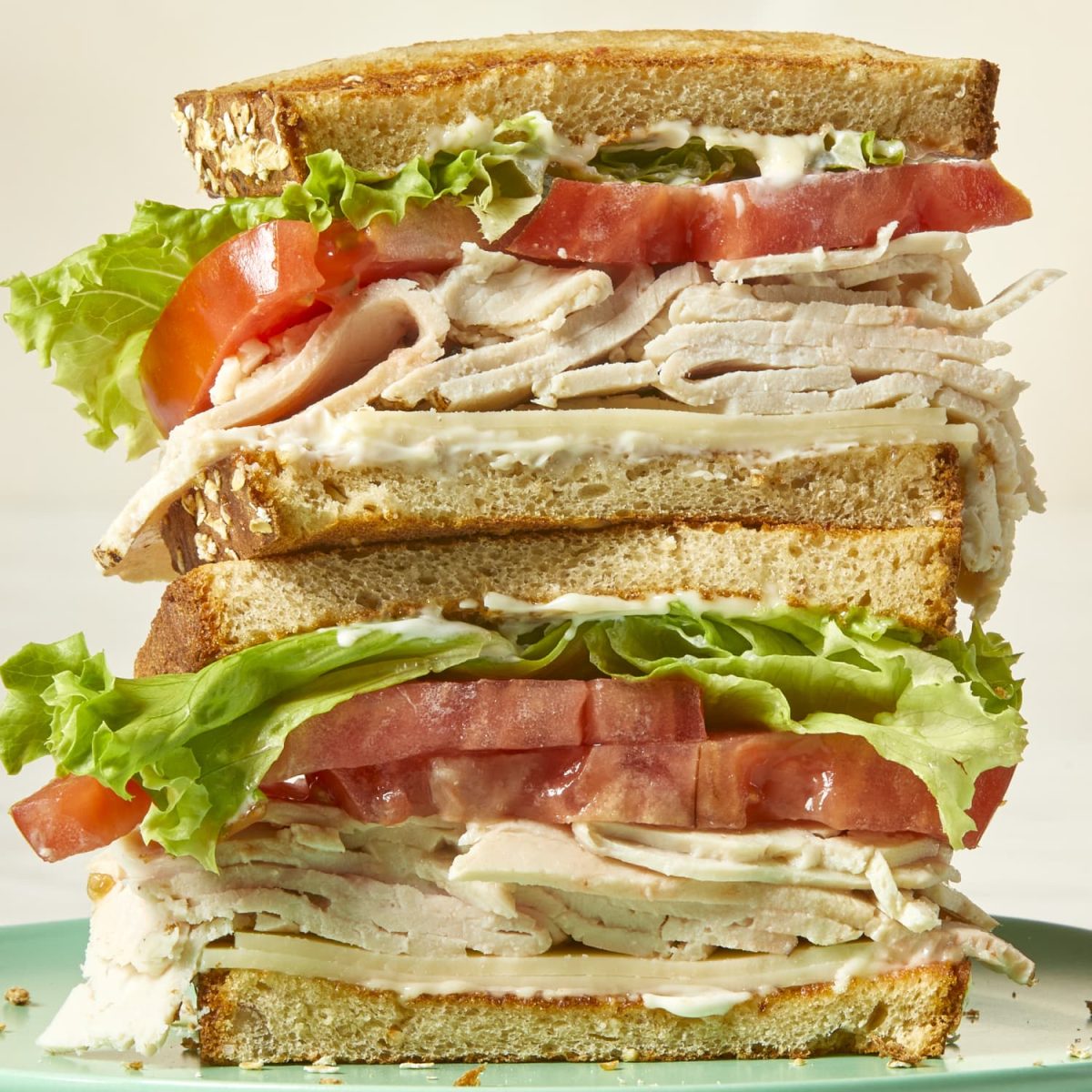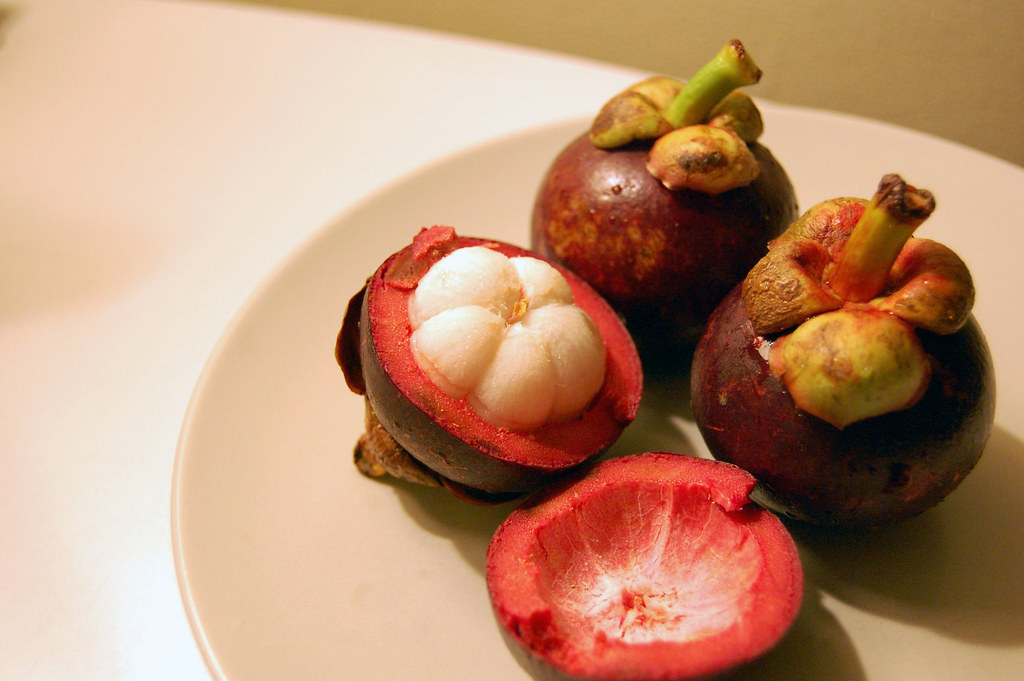A plump, round, purple fruit lays in the chaos of the grocery store. Many pass it by for other fruits seemingly more attractive, but this small and flavorful fruit is nothing to scoff at. Its green stem is stuck atop the round purple cylinder, looking peculiarly like a four leaf clover. Although fruit lovers may need a little bit of luck to come across it, once they do it’s an experience that is hard to forget. I am of course talking about the often overlooked, Queen of Fruits: the Mangosteen.
Now it may not have been obvious at first, but the Mangosteen was what was being described to start off this article. This unique fruit has a lot of interesting features, starting with its roots in Asia. Specifically, the Mangosteen is a fruit native to the lush, evergreen jungles and wet, rain-rich environment of Southeast Asia. The fruit is bred and grown in Malaysia, Indonesia, Thailand and the Philippines. It also gets its nickname from the region, known as the “Queen of Fruits” due to its popularity and flavors, rivaled only by the “King of Fruits,” Durian. However, the “Queen of Fruits” is often underestimated in terms of its difficulty to grow.
The Mangosteen is known for being very difficult to raise and grow for planters across Southeast Asia, despite its immense popularity. Its seed is extremely fragile as it starts by first growing the tree that will later bear the fruit. The maturing of the tree takes up to 15 years and only few trees make it till that age. The tree can grow up to 40 ft, producing a bark that has a dark brown or black pattern. The scaly texture is accentuated by the lush green leaves of a mature tree, before eventually leading to the fruit that is known as Mangosteen.
Mangosteen has many diverse and interesting parts to it, but the most intriguing is the immense flavor and style of eating this unusual fruit. There are many different ways to not destroy the flesh inside the fruit, however the most common way is taking a cutting utensil and cutting into — but not through — the outer layer of skin. Then, the idea is to twist the top part and it should come right off, however when fruit eaters look inside, it’s not what people are expecting. The plush, purple outside gives way to a scorching white inside that could be blinding. Ok, not really, but it’s strange to see a fruit that is known for its flavor and color, having the flesh be white. Despite the plain inside, it gives way to a pleasant flavor, with many describing it as a cross between peach, strawberry, and pineapple. Its initial tartness, it’s covered with a burst of sweetness that leaves a tasty experience for taste buds.
Most people in the United States have never heard of the proclaimed “Queen of Fruits.” This is due to the fact that the United States had initiated a ban on the importation of the fruit until 2007. This was because many thought that the importation of Mangosteen and other Southeast Asian fruits would introduce a new type of fruit fly into the United States. This, however, became less of a concern after the fruit fly started being eradicated, which led to Mangosteens and other fruits being more regularly imported into the U.S. Despite its lack of popularity within the U.S., the Mangosteen is an incredible fruit and a unique segway into the heart of Southeast Asia. With a delicious flavor that takes time to appreciate, it’s time that everyone should take to try the beloved “Queen of Fruits.”




































